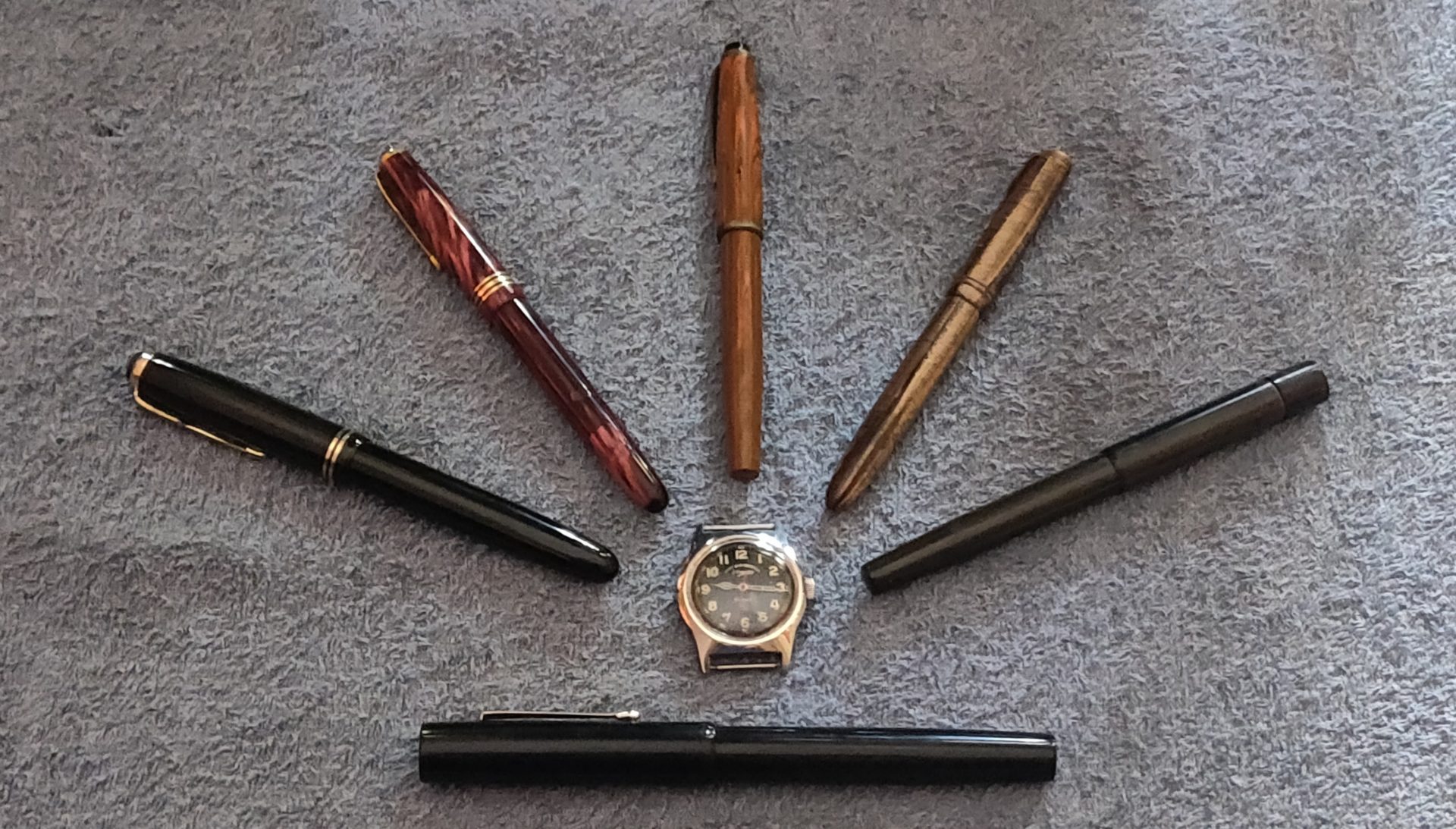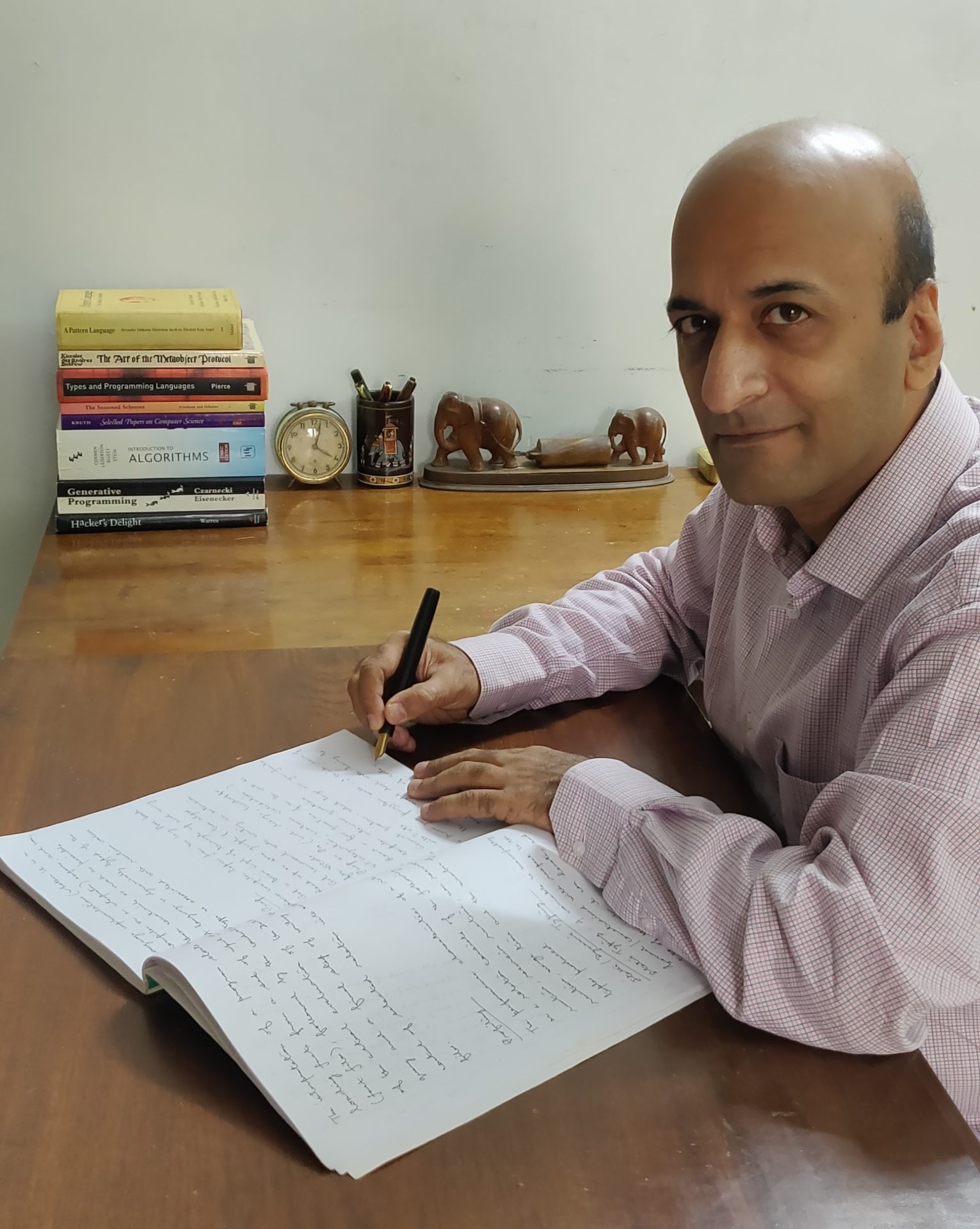
At its peak the Quartz Crisis reduced the number of Swiss watchmakers from 1600 to 600, and enabled Japan take over the lead in watchmaking – Clayton Christenson’s “The Innovator’s Dilemma” was playing out a full 20 years before its publication. Both in the crisis and their subsequent recovery, there are parallels and lessons for our Indian fountain pen (FP) industry.
Swiss watchmakers were keenly aware of, yet reluctant to adopt, quartz technology. While the Swiss watch needed master craftsmen, quartz watches could be mass produced at significantly lower cost. Even as the overall demand for watches grew Swiss market share shrank – they were isolated to the high-price segment of the market while the competitors established dominance in the low and mid-price ranges. Amongst the surviving Swiss watch manufacturers, there was no cohesive strategy, and no synergistic R&D, manufacturing and marketing, and they seemed unable to compete with the price, performance, and precision of the competition. A legacy technology had been disrupted.
To recover, the Swiss watch industry redefined itself. They had to be in every price segment. “Swatch” was that low cost, mass market, high quality watch they managed to build in high-wage Switzerland. To differentiate itself in the market, Swatch was positioned as a fashion statement. It went on to become a phenomenon. Next step was to reposition the “legacy technology” mechanical watches using intentional messaging. This began with an emphasis on craftsmanship. Craftsmanship distinguished mechanical watchmaking, and messaging explicitly shifted the mechanical watch from being a commodity to a “work of art”. Similarly, messaging gave “precision” a new meaning – it now represented the mastery required to make these watches. These were made luxury goods to justify higher prices. Furthermore, the watch was positioned as “your identity” – you would no longer look at it to tell time; instead, you looked for the art, the soul; it was you, your status. Brand historians were hired to emphasize history – distant founding dates became a badge of honour; when you bought a watch, you were buying into tradition, values, and knowledge. Through careful messaging the watch makers at once reclaimed past successes while distancing themselves from the turbulence of the quartz crisis. A community of enthusiasts was carefully cultivated. They were not only consumers but also influencers and helped identify new consumers and emerging trends beyond their traditional geographies and demographics. Swiss watch academies started training their own people again – limiting the number international students. The Swiss government added support by implementing legislation to deter counterfeiting and project the “Swiss” values of quality, and reliability. Innovations – silicon hairspring, cases made of 18 carat gold fused with ceramic, new “complications”, the tourbillion – then completed the technology re-emergence, and the Swiss watch industry’s return to dominance. This return to dominance was a collective effort of a people and its institutions.
What lessons does the quartz crisis and the subsequent rebound of the Swiss watch hold for our FP industry. Our FP industry has a rich and storied history going back almost a century to the Swadeshi movement but has been disrupted by inexpensive mass-produced ball point pens, gel pens, the shift to digital technologies for communication, and evolving government policies. But we must re-emerge. Stronger.
- First, make it easy to buy the products. Leverage every distribution channel online and offline. Even today there are cases where our products are either not available pan-India, or the acquisition experience is notoriously difficult.
- Meet and beat international levels of craftsmanship. If Swatch could be the low cost, mass market, high quality watch they managed to build in high-wage Switzerland, surely, we can do even better.
- Provide vocational training for pen turners. Our craftsmanship should set the gold standard. This should be included in the vocational trainings imparted as part of the Government of India’s “Skill India” initiative.
- We need policies and legislation that enables the industry to compete and thrive. FP manufacturing is an opportunity for Government of India’s “Make in India” initiative.
- Have stringent quality control within a brand, and absolute standardization within models. This is the coming together of craftsmanship and precision. Every pen must proudly carry the “MADE IN INDIA” lettering.
- Convert customers to “raving fans”. Engage them in new designs. In turn, they will be the brand ambassadors who will help discover new markets, amplifying the investments made by the manufacturers.
- Identify, promote, and even redefine the values attached to the Indian FP. For instance, “craftsmanship” is a value – much like in the case of the Swiss watch. “Scholarship” and might be another value to associate. Highlighting multiple values, and novel combination of values, can help clearly differentiate our FPs. Intentional marketing helped redefine the Swiss watch industry; it can do the same here.
- Emphasize our industry’s storied legacy.
- Packaging! That is valuable real estate on which to carry messaging. Leverage it.
- Collaborate with schools on go-to-market strategies – students procure books, notebooks, covering paper, and labels at the start of the academic year, and these come as a bundle from many a school. Why is our FP not part of the complement?
- We probably have the largest number of students graduating per year. Why is our FP not being positioned as “the” graduation symbol?
- Design for new markets informed by how writing has evolved in the digital age. Two sided pens are interesting – adapt them for the digital world where we no longer write on paper. What if one side were a conventional FP and the other side could have embedded electronics allowing it to be used as a stylus on an iPad. What if the other side could be used as laser pointer.
- Inks, nibs, and filling systems are other areas ripe for innovation.
- Go beyond ebonite, acrylic, and steel – how about porcelain?
Old technology need not disappear when new technology arrives. Under the right circumstances, and with support from a community and its institutions, such technologies can not only survive, but re-emerge and show substantive market growth. The Swiss watch industry demonstrated this; our own FP industry can do the same.

Pratap Lakshman is an Indian software engineer. While at Microsoft he worked on programming languages and tooling and establishing industry wide standards. He was Microsoft’s representative at Ecma International and served as the project editor of the ECMAScript 5 Language Specification, the international standard that defines the JavaScript programming language, and received the Ecma Recognition Award in 2013. He is currently building large scale cloud computing platforms at EY. He can be reached at https://www.linkedin.com/in/pvlakshm/

Useful suggestions, the most important being, make it easy to get into fountain pens and to buy them. The community aspect around them is very important.
Well written, insightful and on the mark. Particularly liked this observation: “This return to dominance was a collective effort of a people and its institutions.”
Excellent article! Thank You.